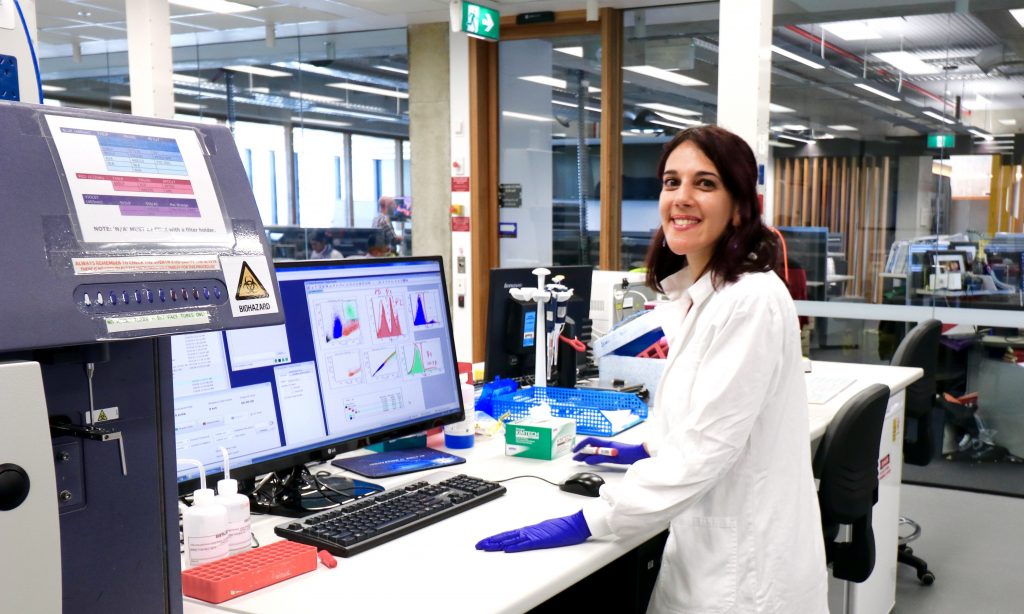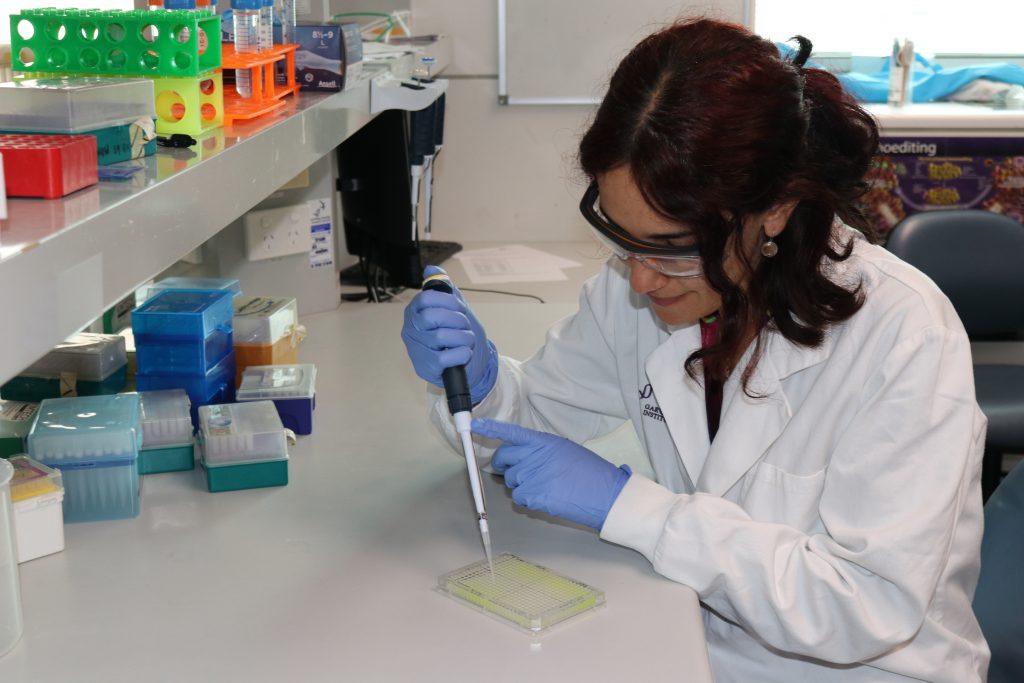The AVaTAR centre: Growing Australia’s novel vaccine development capability
Australia will soon have capability to rapidly test and select new vaccine candidates that can end disease transmission through the Accelerated Vaccine Triage and Response (AVaTAR) Centre.
The initiative brings together existing expertise from the Garvan Institute of Medical Research and combines it with the skills and facilities of key partners to create a one-of-a-kind multidisciplinary and much-needed capability that will significantly improve Australia’s ability to develop and commercialise novel vaccines.
Collaborators include the University of New South Wales School of Biomedical Sciences, the Kirby and RNA institutes, the Vaccine Design and Research Centre, the Australian Institute for Microbiology and Infection within the University of Technology Sydney, and St Vincent’s Centre for Applied Medical Research.
Dr Deborah Burnett, leader of the Protective Immunity Group at the Garvan Institute of Medical Research, says the AVaTAR Centre will use traditional as well as next-generation technologies to rapidly and accurately triage vaccine candidates at the pre-clinical stage, speeding up the development of vaccines for a range of diseases.
“The pathway for traditional vaccine design involved finding a target and making single vaccines one at a time – including figuring out the pathways to produce the vaccine as a protein or a live attenuated virus – before subjecting it to the long and laborious process of preclinical and clinical testing,” she says.
“Unfortunately, most vaccines fail only at later stages of clinical evaluation or even after release, most commonly due to insufficient real-world protection, which takes you back to square one after wasting years and millions of dollars”.

Adopting a “fail fast” mindset
In contrast, new technologies such as mRNA allow researchers to make and test smaller quantities of a larger number of vaccine candidates at a much cheaper cost. This has created both an opportunity and a challenge. How can vaccine developers “fail fast” vaccine candidates in these early stages and select only the correct candidates to advance to those expensive and time-consuming later phases?
The idea of an AVaTAR Centre arose during the COVID-19 pandemic, where research teams that had previously been working independently “dropped everything” and pursued a more communal approach once it became clear what the scientific community was up against.
A collaborative network quickly popped up across New South Wales, generating impactful and meaningful research that delivered important outcomes in terms of academic research papers and vaccine guidelines.
“We saw the advantage that working together provided and we didn’t want this great collaborative approach to end,” Burnett reflects.
“Some of the labs, particularly in the United States, were much bigger and had a lot more funding. And yet, New South Wales really held its own in terms of impactful research. Our advantage was that we collaborated so well – and this is something that a lot of the US teams didn’t do. Each team has a unique area of expertise, and by working together we are providing something which isn’t available anywhere else in the world.”

Collaborators develop unique assay
After initially focusing on understanding the immune response to SARS-CoV-2, the virus responsible for COVID-19, Burnett and the AVaTAR Centre collaborators quickly sought to understand how to manipulate the immune response to target key sites (proteins) that are conserved across different strains of the virus. This ensures vaccines maintain their effectiveness when the virus mutates.
Eventually, the AVaTAR Centre developed a unique assay that has since been used by Australian and international research groups to test the effectiveness of potential vaccines more accurately.
“No one else in the world can do these exact assays, which can determine what proportion of the immune response targets these key sites that the virus can’t mutate away from,” Burnett says.
Moving forward, Burnett hopes the AVaTAR Centre can become a long-term, sustainable, and open access resource that the entire country – and others around the world – can use.
There are also plans to broaden the scope in developing vaccines that protect humans and animals.
“Because we’re still in the early stages, we’re predominantly focusing on viral and malaria vaccines. But in the next two years we’re looking at expanding into bacterial vaccines and even cancer vaccines,” Burnett says.
Updated 2 years ago